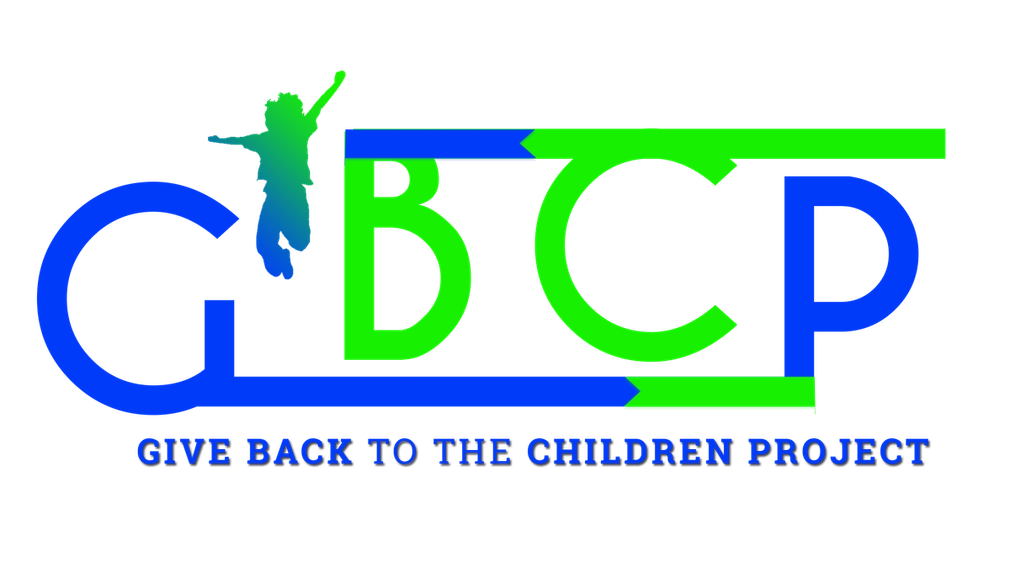Youth Access to Technology Education- STEM Education
This grant will support the Give Back to the Children Project's Youth Access to Technology Education initiative. To bridge the digital divide, the program equips underserved youth with hands-on learning in computers, coding, robotics, and digital literacy. Through community-based instruction and mentorship, we foster creativity, confidence, and opportunity, empowering the next generation of innovators one child, one family, and one community at a time.

What is the primary issue area that your application will impact?
K-12 STEAM education
In which areas of Los Angeles will you be directly working?
County of Los Angeles (select only if your project has a countywide benefit)
In what stage of innovation is this project, program, or initiative?
Expand existing project, program, or initiative (expanding and continuing ongoing, successful work)
What is your understanding of the issue that you are seeking to address?
We are addressing the urgent issue of the digital divide, the gap in access to technology and STEM education that disproportionately affects underserved communities locally and globally. Too many youth lack the tools, mentorship, and learning environments to develop digital literacy and pursue future careers in science, technology, engineering, and math. This inequity limits educational success and perpetuates poverty and exclusion from the innovation economy. Our Youth Access to Technology Education initiative provides hands-on STEM learning, access to computers and software, and culturally responsive instruction. By helping students see themselves as creators and problem-solvers, we empower them with the skills and confidence to succeed in a rapidly evolving digital world.
Describe the project, program, or initiative this grant will support to address the issue.
The Youth Access to Technology Education initiative, supported by this grant, is a comprehensive STEM program created to bridge the digital divide for underserved youth. Through after-school workshops, weekend academies, and summer camps, students engage in hands-on learning in coding, robotics, computer science, digital literacy, and engineering fundamentals. Participants gain access to laptops, internet connectivity, and cutting-edge tools in safe, supportive environments led by trained educators and mentors who reflect their communities and understand their challenges.
The program fosters creativity, teamwork, and real-world problem-solving to help students apply STEM concepts in meaningful, lasting ways. In addition to building technical skills, we emphasize personal development, leadership, and resilience, ensuring that youth learn how to use technology and gain the confidence to pursue higher education and careers in STEM fields.
Family engagement and community outreach are integral components, reinforcing the value of education and creating a support network around each student. Our partnerships with local organizations and global allies help us expand our reach, strengthen program sustainability, and scale impact across more communities over time. This initiative empowers youth to become future-ready leaders and innovators, breaking cycles of poverty and exclusion from the digital economy.
Describe how Los Angeles County will be different if your work is successful.
If our work is successful, Los Angeles County will be a more equitable and innovative community where all youth, regardless of background, have access to the tools and knowledge needed to thrive in a digital world. Community centers and classrooms will become spaces of creativity and opportunity, where students engage with hands-on STEM learning and imagine futures once out of reach. We’ll see increased digital literacy, stronger academic performance in STEM, and more diverse youth pursuing college and tech careers. As students gain confidence and skills, local industries will benefit from a tech-savvy workforce, and families will experience greater economic mobility. Investing in youth and bridging the digital divide will build a stronger, more inclusive, and future-ready Los Angeles County.
Approximately how many people will be impacted by this project, program, or initiative?
Direct Impact: 4,000
Indirect Impact: 2,300